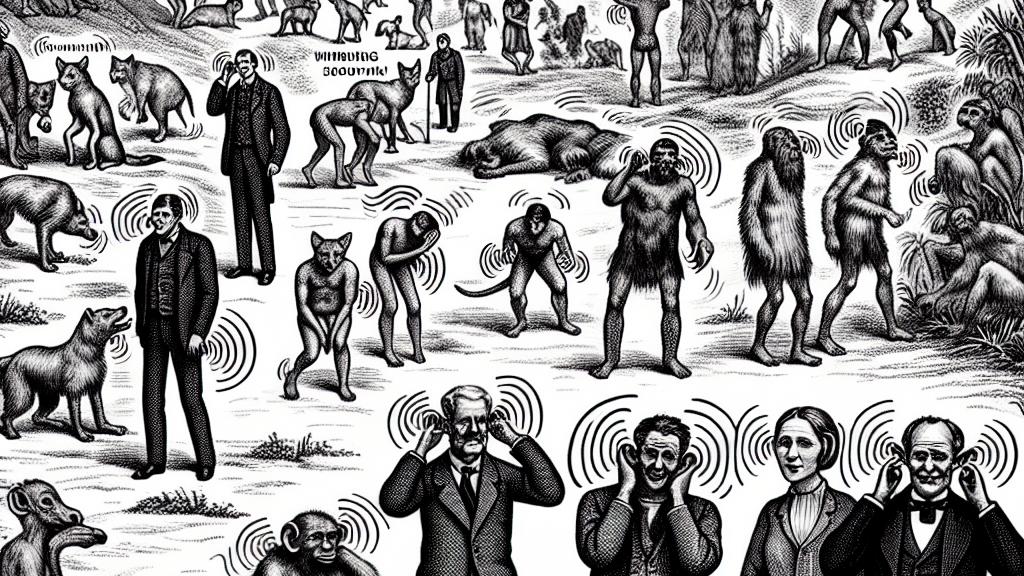How Humans Use Ear Muscles to Focus on Sounds
Overview
- Uncover the intriguing vestigial ability of humans to wiggle their ears.
- Learn how this unique movement aids our ability to focus on sounds.
- Delve into the fascinating evolutionary background of this rare trait.

A Unique Human Trait
Isn't it fascinating that humans retain a quirky vestigial ability: the potential to wiggle our ears? Researchers at Saarland University in Germany recently made a remarkable discovery that shines a light on this unusual trait. Unlike many animals—think of alert dogs or curious cats—that deftly move their ears toward sounds, most humans have lost this ability entirely. Only about one in a thousand people can consciously wiggle their ears! This statistic illustrates not only the evolutionary changes we've undergone but also sparks curiosity about how our ancestors might have leveraged this skill in their surroundings. Picture a time when being able to pivot your ears could help detect the subtle rustle of a predator in the bushes. The loss of this trait is a fascinating reminder of how evolution shapes us.
The Science Behind the Movement
In an illuminating experiment, scientists gathered 20 volunteers and placed them in a soundproof chamber. The participants listened to an engaging audiobook while competing sounds from podcasts buzzed around them. To explore the role of ear muscles, researchers attached electrodes to the subjects' heads, monitoring the electrical activity of these muscles as they concentrated on sounds. The results were eye-opening! When sounds emanated from behind, the muscles activated more vigorously. This shows how our bodies instinctively utilize even the tiniest muscle movements to gain a clearer auditory picture. It’s a bit like how a dog perks up its ears to zero in on sounds. Such subtle muscle activity highlights the incredible adaptability of the human auditory system, reminding us of the evolutionary advantages our ancestors once enjoyed.
Evolutionary Insights
The tale of our ear muscles unfolds a captivating narrative of evolution. In ancient times, our ancestors possessed strong ear muscles, enhancing their ability to detect sounds in the wild. Can you imagine how invaluable this skill would have been for survival—alerting them to both dangers and opportunities? As human lifestyles evolved, the necessity for such ear movements diminished. However, the very presence of these vestigial traits in modern humans invites contemplation: how can remnants of the past influence who we are today? This gradual change underlines a significant concept in evolutionary biology—it’s not a simple linear process; rather, it resembles a complex tapestry of changes that define our identities.
Practical Applications and Future Research
Now, here's where the story takes a practical turn! While seemingly trivial, these ear movements hold potential for future technological advancements. Researchers are increasingly optimistic about applying insights gained from the study of ear muscles to develop enhanced hearing aids and auditory technologies. Such innovations could revolutionize how we interact with sound, bridging the gap between our ancient evolutionary past and our futuristic aspirations. Next time you’re listening closely to a conversation, remember those subtle, often overlooked ear muscles. They serve as a powerful reminder of our rich biological history and the amazing possibilities that lie ahead in merging science with our evolutionary roots.

Loading...